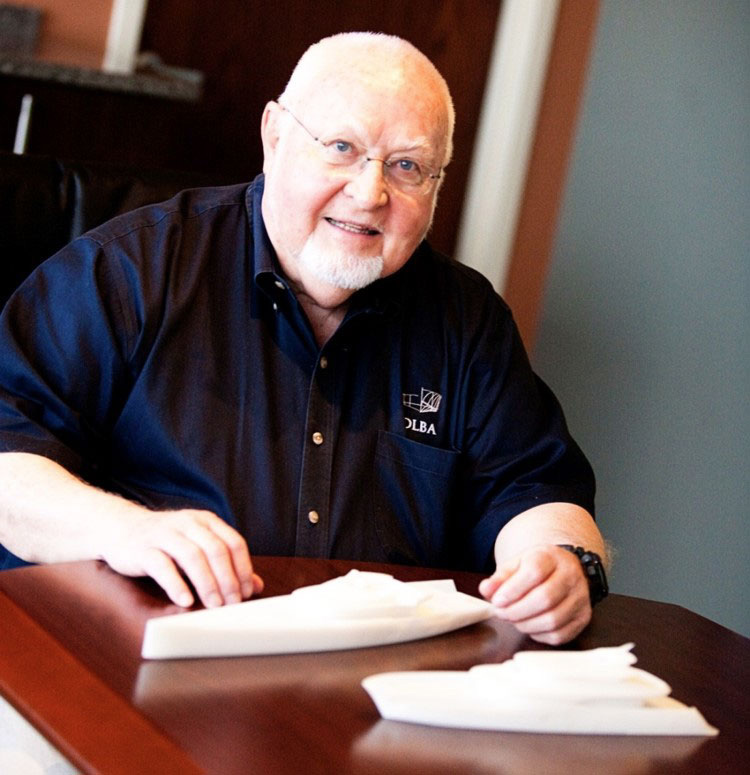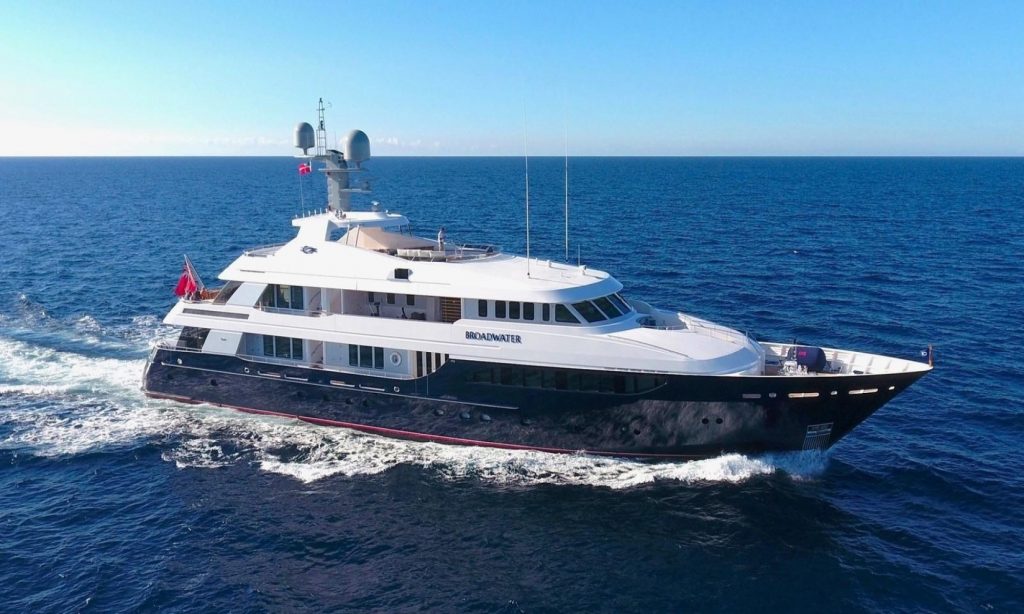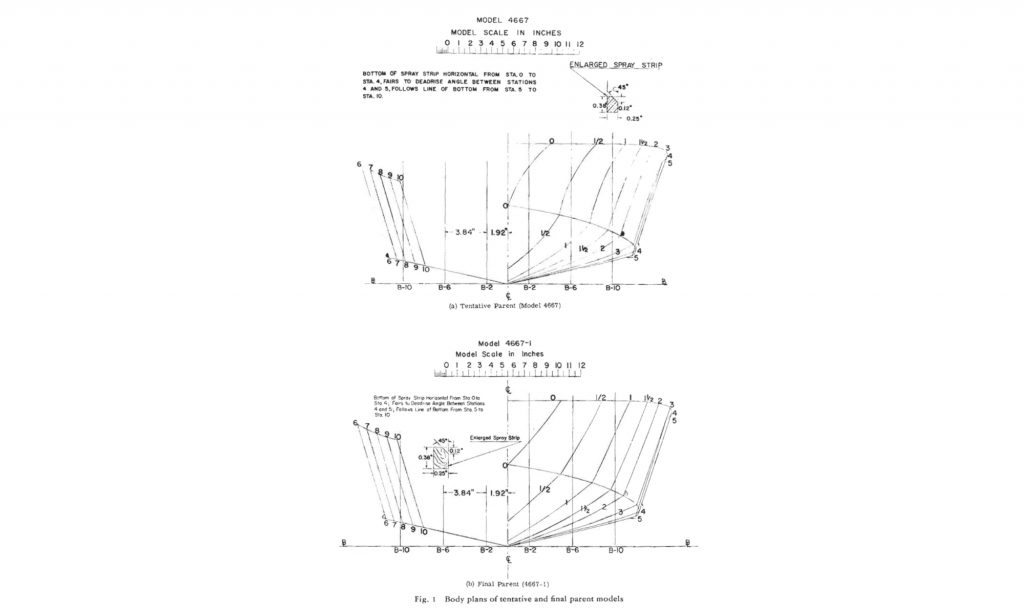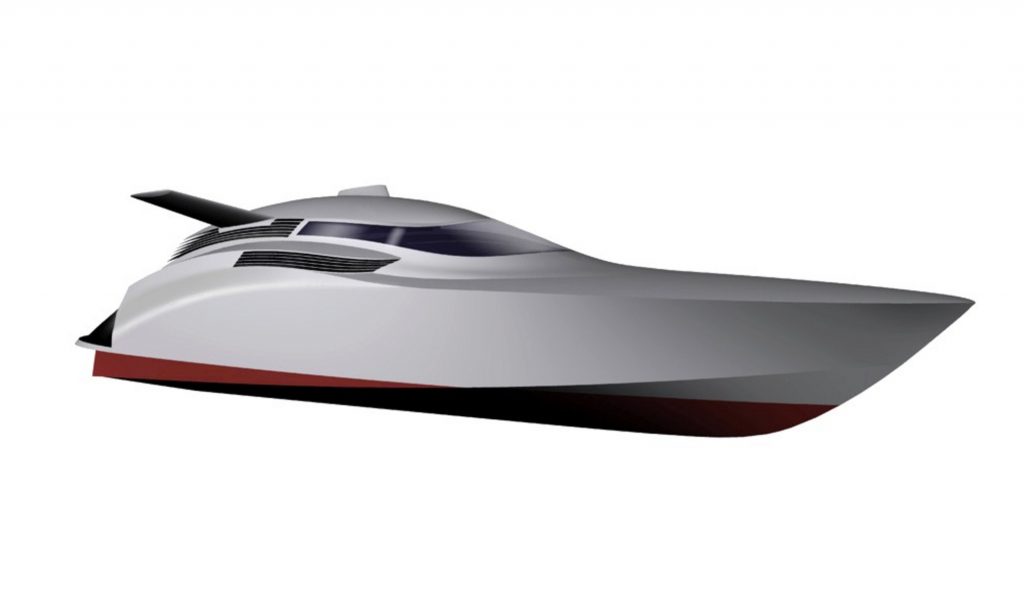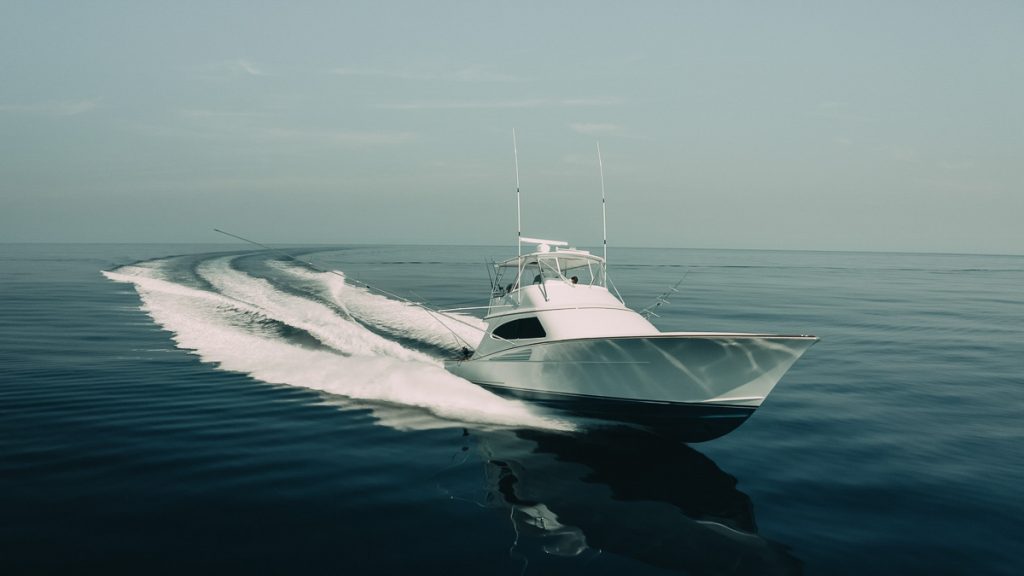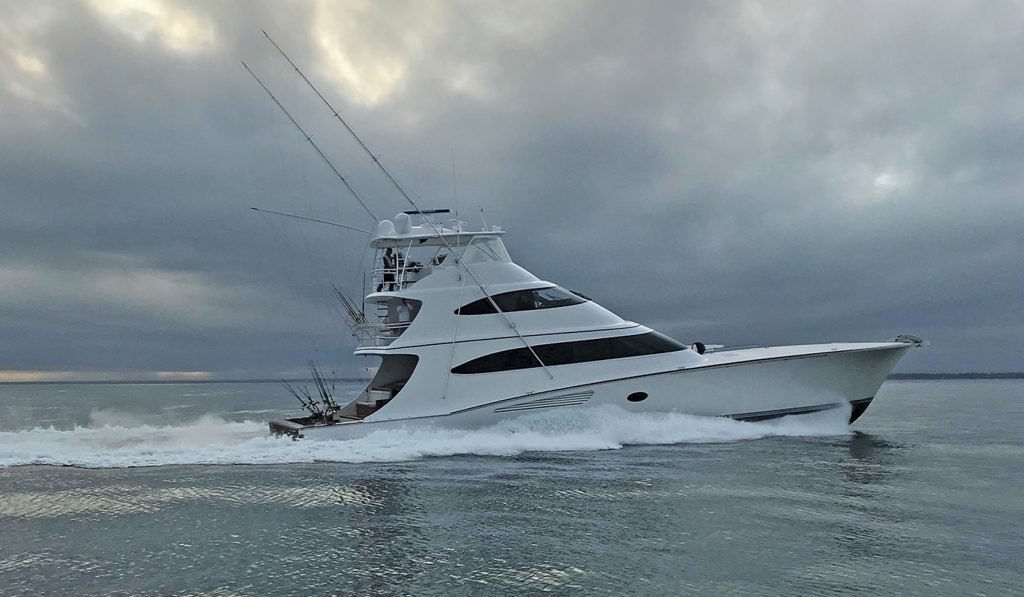Propellers recessed into tunnels are worthy of consideration as an alternative to propellers on inclined shafts or waterjet propulsors. The enhancements achieved by using a partial tunnel include reducing the shaft angle, decreasing navigational draft and allowing the propulsion machinery to move aft for an appropriate longitudinal center of gravity location and/or improved arrangements.
Read More
2018 was a big year for MY Picnic. World Superyacht Awards sent her off with the win in the “Refitted Yacht” category. The International Superyacht Society also took notice nominating her for “Best Refit.”
Read More
This paper presents the results of resistance tests of five planning boat models of different length-beam ratio. Each model was tested at a number of loads and LCG Locations.
Read More
DLBA is proud that Marine News selected us for the 2nd time as one of the 100 leading companies serving the North American Marine Industry.
Founded in 1988 as a naval architecture and marine engineering firm, DLBA specializes in the technical development of high-performance marine craft. Founder, Donald L. Blount, has left a legacy of high-performance designs introduced to the maritime world ahead of their time.
Read More
DLBA is proud that Marine News selected us for the 2nd time as one of the 100 leading companies serving the North American Marine Industry.
Founded in 1988 as a naval architecture and marine engineering firm, DLBA specializes in the technical development of high-performance marine craft. Founder, Donald L. Blount, has left a legacy of high-performance designs introduced to the maritime world ahead of their time.
Read More
This DLBA paper helps to apply the powerful tool of transport efficiency, expanding upon the information presented in the paper titled “Achievements with Advanced Craft”. Using this calculation technique, DLBA developed a tool that can quickly evaluate the performance of a specific boat, and accurately predict vessel performance based on minimal information.
Read More
High-speed craft have been known to lose stability while underway even though they possess adequate static stability. Dynamic instabilities have been reported in roll, pitch , and yaw, and include porpoising, chine walking, loss in running trim (diving), bow steering, progressive heeling to port or starboard, or a combination of motions.
Read More
Ride Control Systems (RCS) are routinely fitted to high-speed vessels. RCS offer improvements in performance and ride quality for such vessels.
Read More
Progress in the performance of advanced craft and the merits of various limit forms differ with respect to the technological maturity of each concept. Full-scale, calm water trial data of speed and power for known displacement transport efficiency is used to compare the optimum performance of several hull forms such as planning, round bilge, stepped, catamaran and SES.
Read More
Whether steering a straight course or maneuvering, a boat operator must be in control of the boat’s direction. Outboards, outdrives, and some waterjets and surface drives generate steering forces by turning the propulsion unit.
Read More

